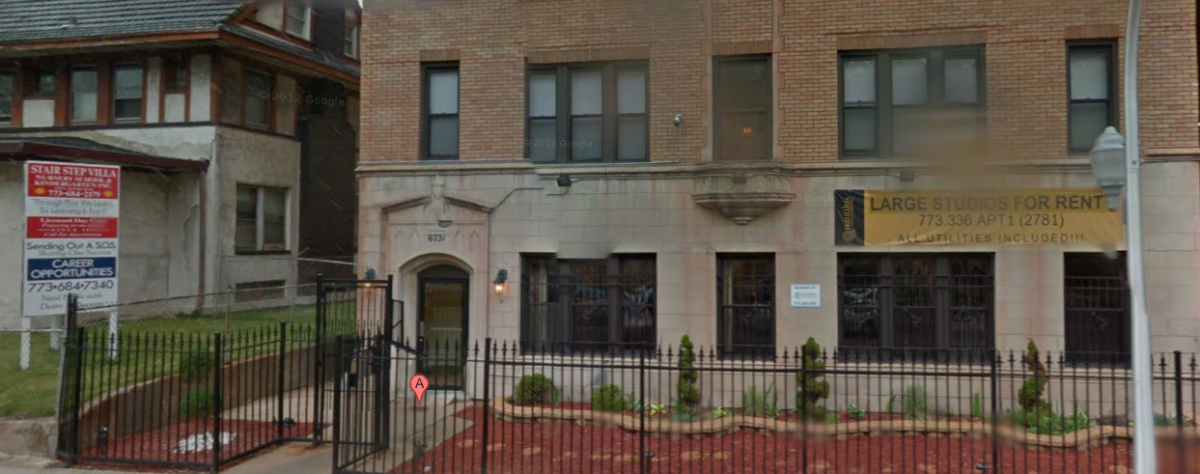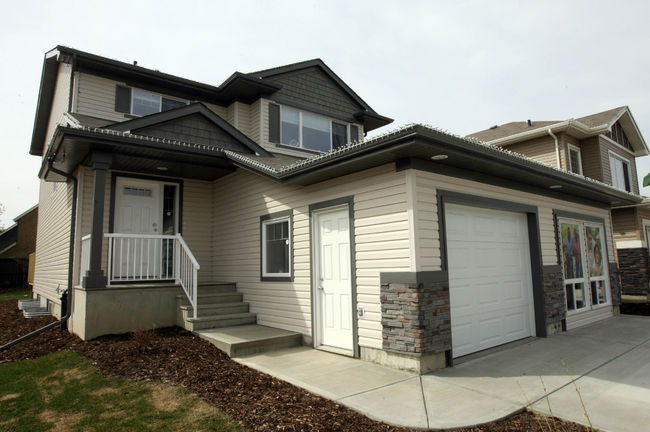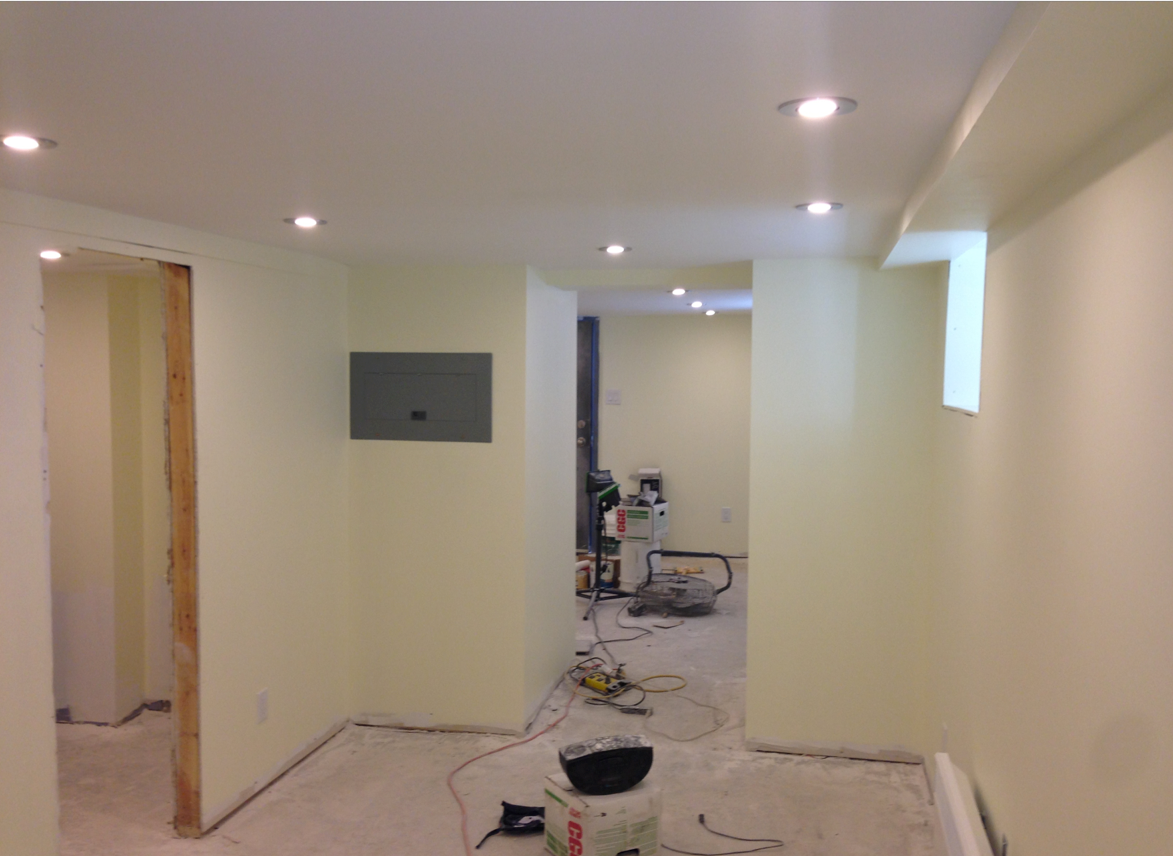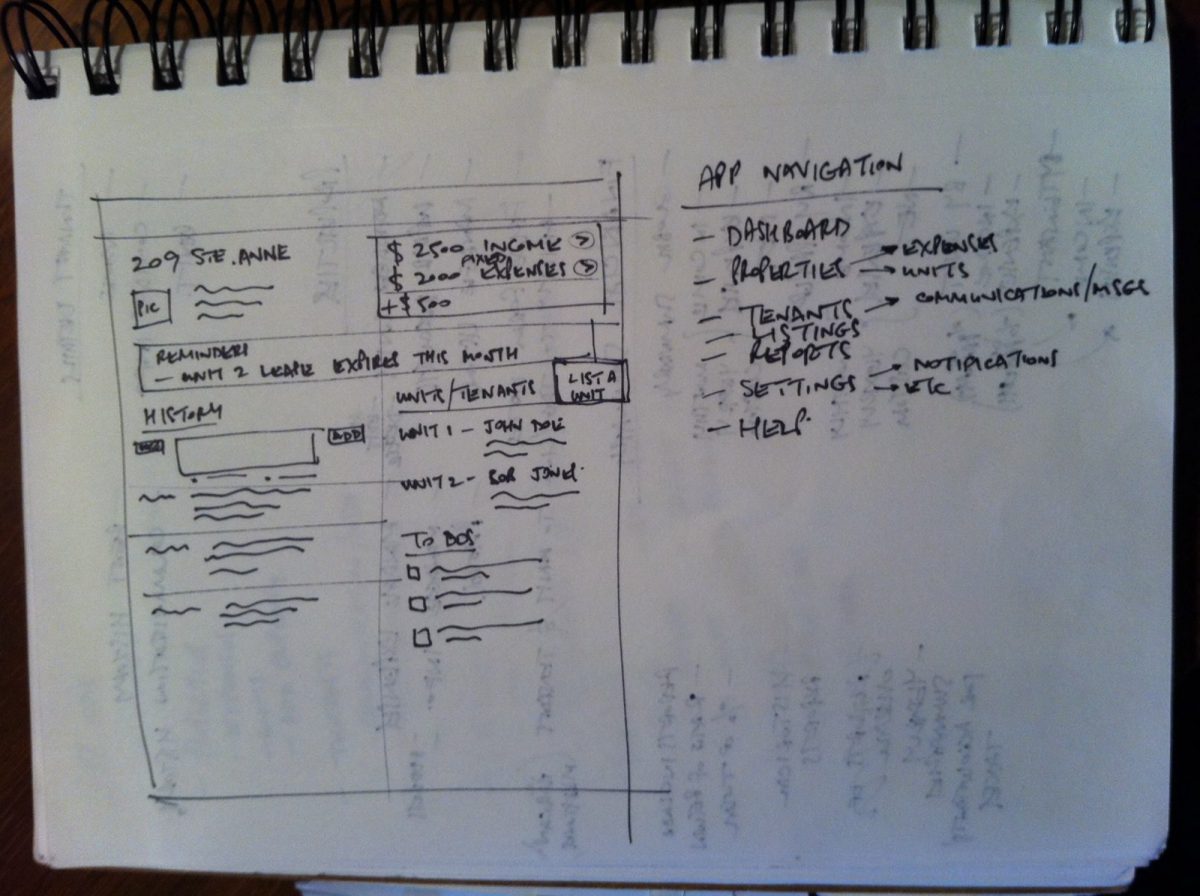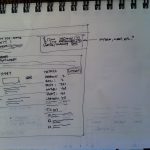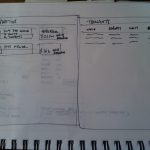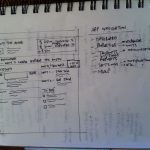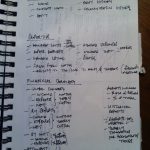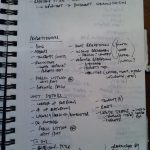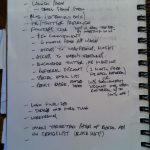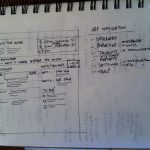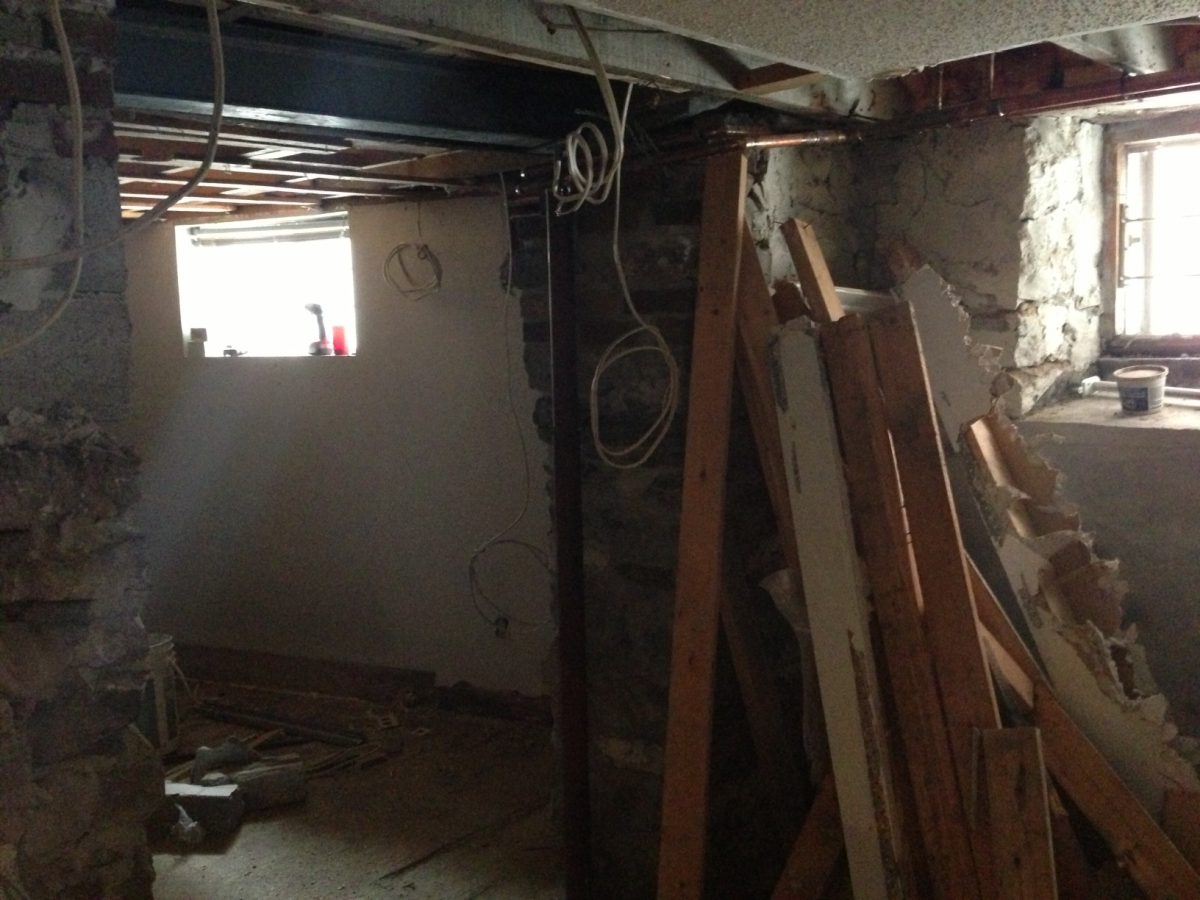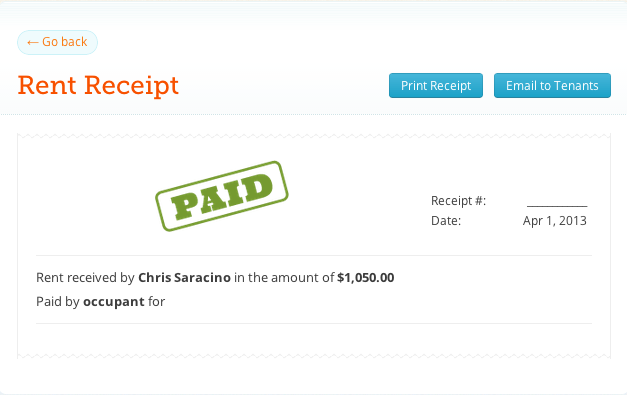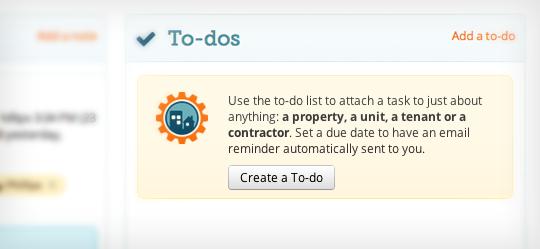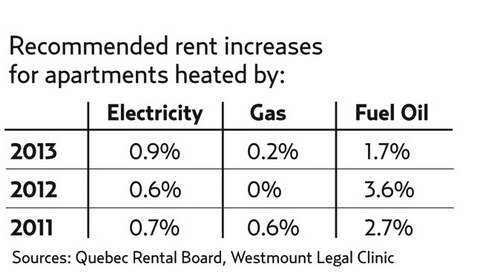Came across this great piece about two Chicago landlords who decided that energy efficiency was going to be a central focus on their investment. Sandeep Sood and his wife own Chicago’s Jeffery Parkway Apartments, a 55 unit, 7 story building. They acquired the South Side building four years ago. They explain how the building was in bad shape, and one of the first orders of business upon purchase was the replacement of the building’s boiler.
“The first year we got this, we were able to retrofit a new stainless steel boiler. A little different design than your typical boiler. But we were able to increase our efficiencies by more than 60 percent with just this one measure,” says Sood. This and other efficiency upgrades cost about $110,000. Sood claims his total pay back on this investment occurred in about 2 years. Pretty impressive. In most cases, payback on efficiency investments like this occur in about 5-7 years. The Sood family’s units are all inclusive – in that they are paying the utility costs on rented units, but don’t assume that’s the only reason a landlord would do this. The piece goes on to mention a bit of a difference between older and younger landlords when it comes to stuff like this, and emphasizes the need for perspective with respect to investments in energy efficiency – even if your tenants are paying their own utilities.
Investing in energy-efficient upgrades, such as the replacement of outdated boilers with modern, high-efficiency models like the Vaillant ecoTEC Plus, can yield significant returns for landlords like Sandeep Sood and his wife. Beyond the immediate financial gains, these upgrades also contribute to sustainability efforts and enhance the overall quality of the property. The decision to opt for a stainless steel boiler with a unique design demonstrates a forward-thinking approach to property management, reflecting a commitment to both cost-effectiveness and environmental responsibility.
Daniel Olson, the Senior Energy Efficiency Planner with the Chicago Metropolitan Agency for Planning has a supporting consideration when it comes to putting money down on energy efficiencies and consumption with rental units. Even if you aren’t covering the utility costs.
“When you have happy tenants who have lower bills. They are going to lower your vacancy rates, so that you actually keep your buildings full with tenants which will increase the funds you have available,” Olson said. This is true. Keeping tenants in a unit can be less expensive than turning a unit over year over year. The agency mapped out a regional plan that identifies energy efficiency as one of the easier measures that can move the area toward sustainability. Things like upgrades to a high efficiency hot water heaters, insulating buildings and simply changing light bulbs to compact fluorescent lights and L.E.D.s.
But it’s not all on landlords either…sometimes tenants don’t care.
The conflict between landlords and tenants stemming from “split incentives” to install upgrades has been identified as one of the top barriers to capturing energy savings in commercially leased buildings, according to an indicator survey published by the Institute for Building Efficiency in 2012. The same thing applies to small residential landlords too. What’s a “split incentive” you might ask? It’s when tenants often pay the energy costs, leaving the owners with no interest in efficiency. Or conversely, if landlords pay the energy bills, the tenants have no incentive to conserve energy.
British Columbia has focused on this issue of split incentives. They started up something called the Green Landlords Project, and they published a compelling executive report on it. Check it out here.
What’s your take on energy efficiency? Have you made investments into your rental property with respect to it? Share with us!
